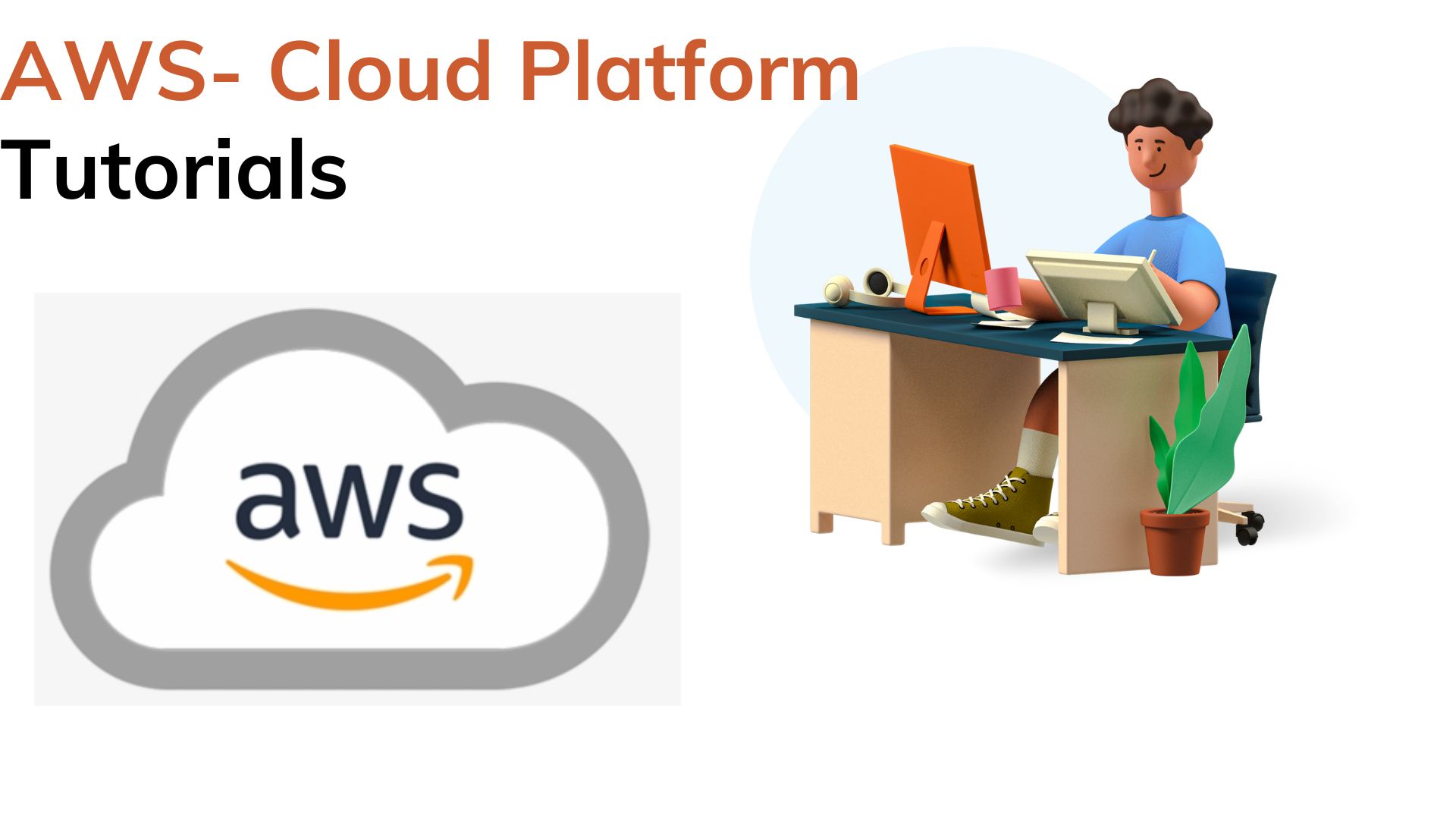AWS Elastic Load Balancer (ELB) vs Application Load Balancer (ALB) vs Network Load Balancer (NLB): Detailed Comparison and Use Cases.
 Maheshwar Ligade
Maheshwar Ligade
Introduction:
Amazon Web Services (AWS) provides multiple options for load balancing solutions, including Elastic Load Balancer (ELB), Application Load Balancer (ALB), and Network Load Balancer (NLB). Each load balancer type serves specific use cases and offers distinct functionalities, catering to diverse application architectures and traffic distribution requirements.
Comparison in Tabular Format:
| Criteria | Elastic Load Balancer (ELB) | Application Load Balancer (ALB) | Network Load Balancer (NLB) |
| Layer of Operation | Transport and Application | Application | Transport |
| Protocols Supported | HTTP, HTTPS, TCP, SSL | HTTP, HTTPS, WebSockets | TCP, UDP, TLS |
| Content-Based Routing | No | Yes | No |
| Path-Based Routing | No | Yes | No |
| Target Type Supported | EC2 instances, IP addresses, ECS | EC2 instances, IP addresses, ECS | EC2 instances, IP addresses, ECS |
| SSL/TLS Offloading | Yes | Yes | Yes |
| Health Checks | Layer 4 and Layer 7 | Layer 7 | Layer 4 and Layer 7 |
| Use Cases | General load balancing, SSL/TLS offloading, traffic distribution among various target types | Web applications, microservices, content-based routing, container-based applications | High-throughput, low-latency, TCP/UDP-based applications, IoT, gaming, streaming |
| Scalability | Auto-scaling and dynamic scaling based on traffic | Auto-scaling and dynamic scaling based on traffic | Auto-scaling and dynamic scaling based on traffic |
| Monitoring and Logging | CloudWatch metrics, Access logs | CloudWatch metrics, Access logs | CloudWatch metrics, Access logs |
| IP Preservation | No | Yes | Yes |
| Connection Draining | No | Yes | Yes |
| Cost Efficiency | Typically cost-effective for basic load balancing requirements | Suitable for complex routing needs, might incur additional costs for advanced features | Ideal for high-throughput, low-latency applications, may have higher costs for smaller-scale deployments |
| Use Case Recommendations | When simplicity is desired, basic HTTP/HTTPS/TCP load balancing | Web applications, container-based environments, microservices requiring advanced routing and traffic handling | High-throughput, low-latency applications, TCP/UDP-based services, IoT, gaming, streaming platforms |
Elastic Load Balancer (ELB):
Overview: ELB is the traditional load balancer from AWS, providing basic load-balancing functionalities across multiple target types.
Use Cases: Suitable for general load balancing needs, SSL/TLS offloading, and distributing traffic among various target types.
Application Load Balancer (ALB):
Overview: ALB operates at the application layer, supporting advanced routing features like path-based and content-based routing.
Use Cases: Ideal for web applications, microservices architectures, content-based routing, and container-based environments.
Network Load Balancer (NLB):
Overview: NLB operates at the transport layer, providing high-throughput, low-latency load balancing for TCP/UDP-based applications.
Use Cases: Best suited for applications requiring high-throughput, low-latency, TCP/UDP-based services, such as IoT, gaming, and streaming platforms.
Conclusion:
Selecting the appropriate load balancer in AWS depends on the specific requirements of your application architecture and traffic distribution needs. ELB serves basic load balancing needs, ALB caters to more advanced routing and application-specific requirements, while NLB excels in handling high-throughput, low-latency applications.
Consider factors like the layer of operation, protocol support, routing capabilities, target types, SSL/TLS offloading, and scalability when choosing between ELB, ALB, and NLB. Evaluating the use case scenarios and understanding the features of each load balancer type is crucial for optimizing application performance and ensuring efficient traffic distribution within AWS environments.
I hope this helps, you!!
More such articles:
https://www.youtube.com/@maheshwarligade
Subscribe to my newsletter
Read articles from Maheshwar Ligade directly inside your inbox. Subscribe to the newsletter, and don't miss out.
Written by

Maheshwar Ligade
Maheshwar Ligade
Learner, Love to make things simple, Full Stack Developer, StackOverflower, Passionate about using machine learning, deep learning and AI